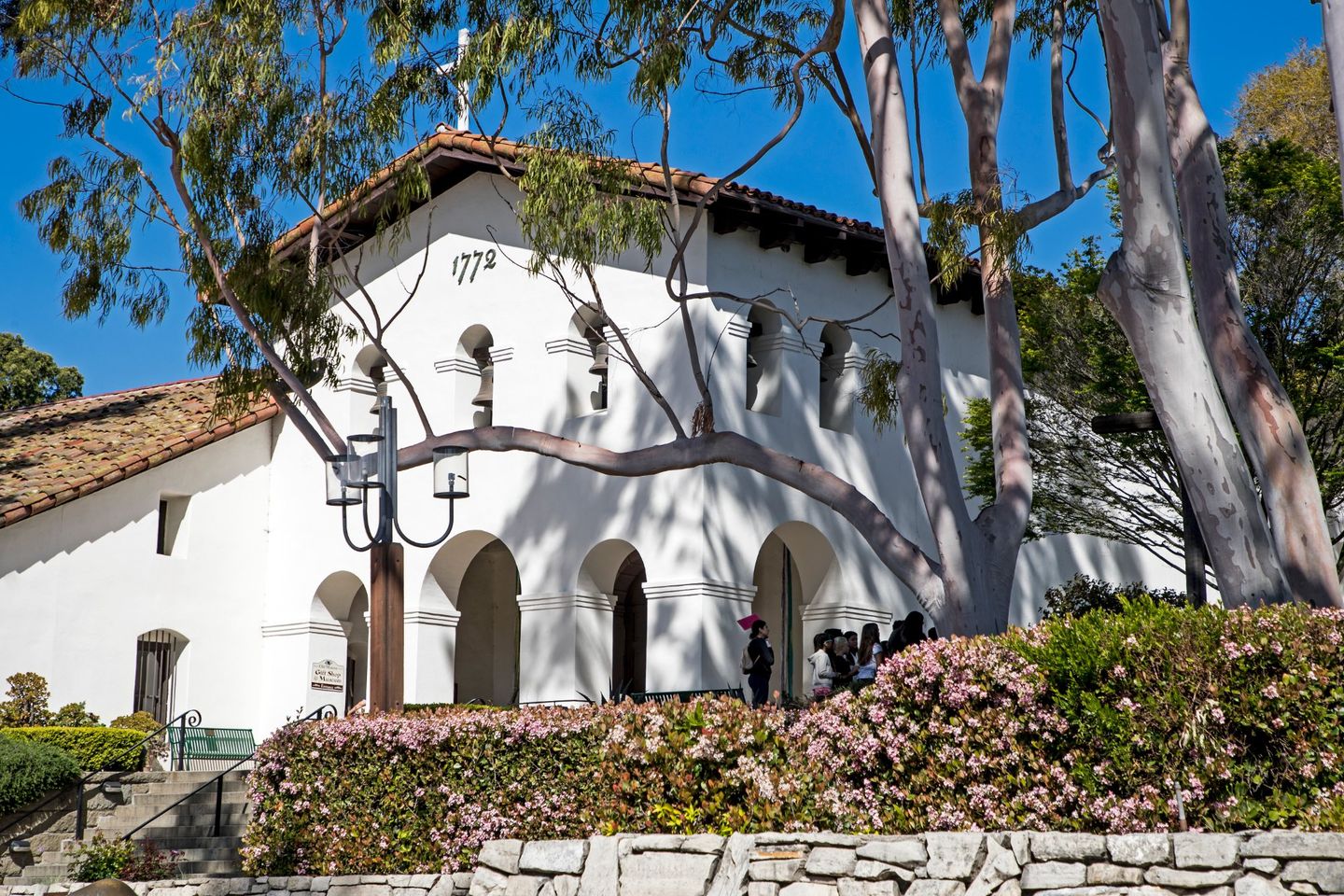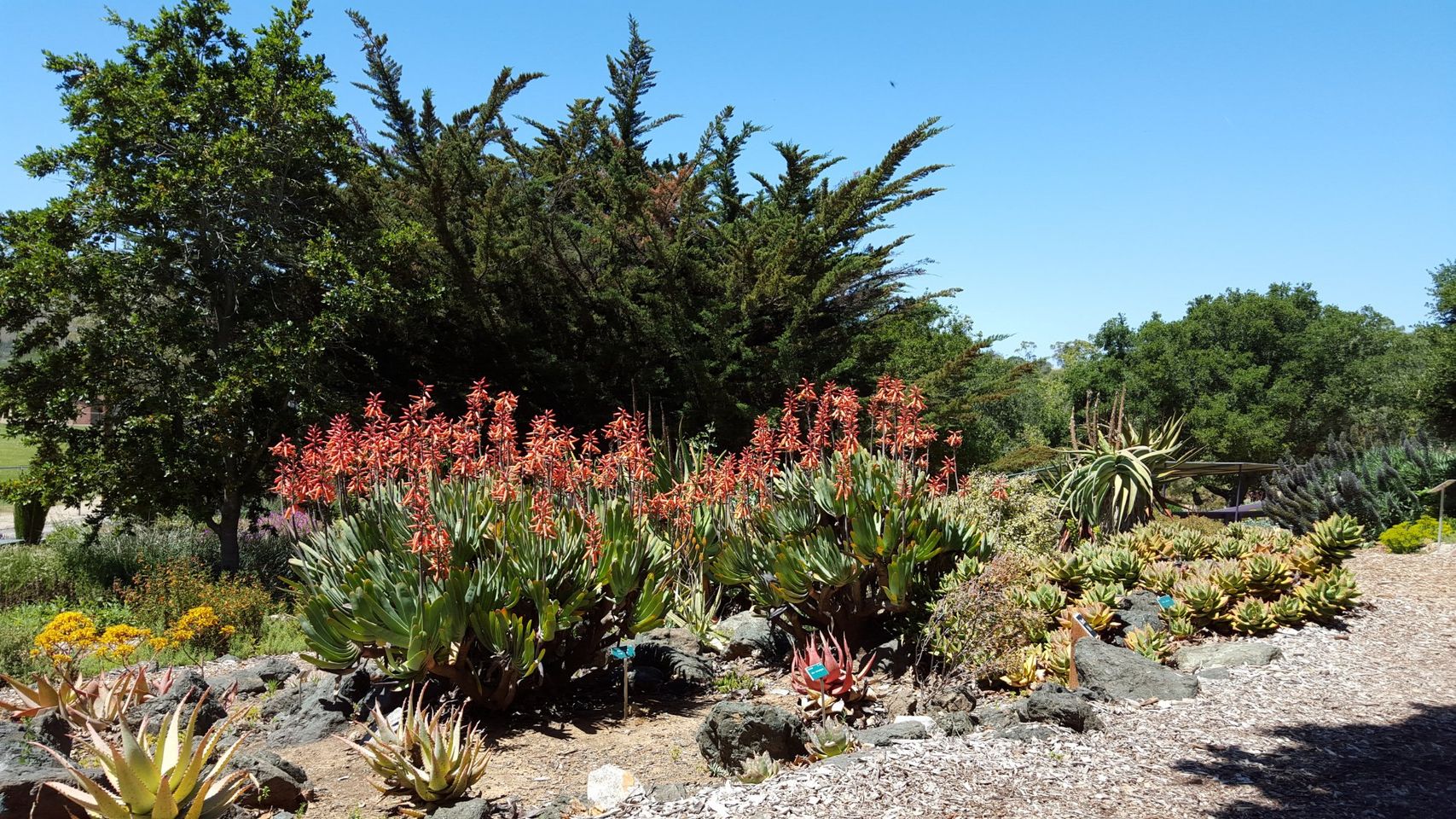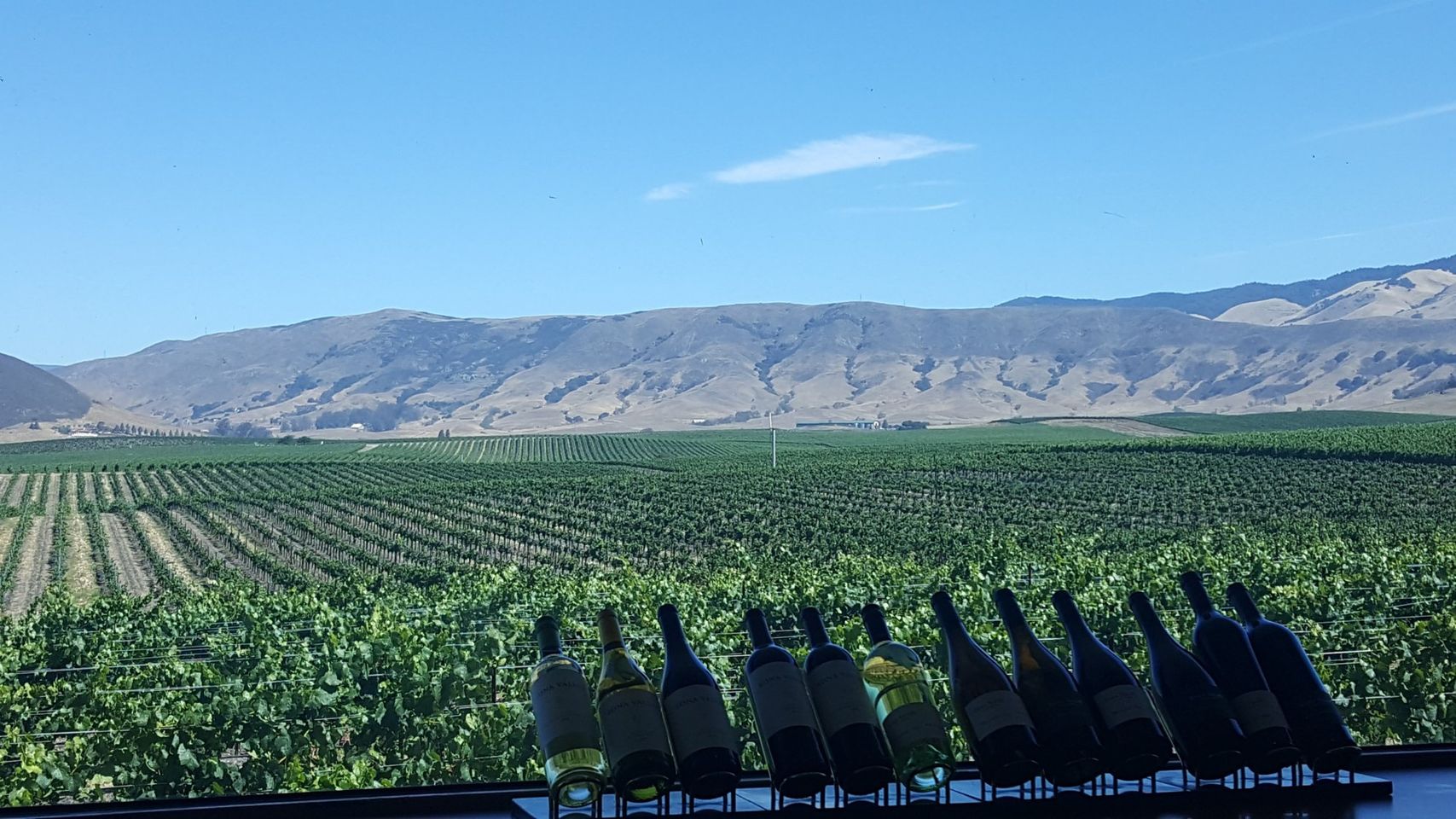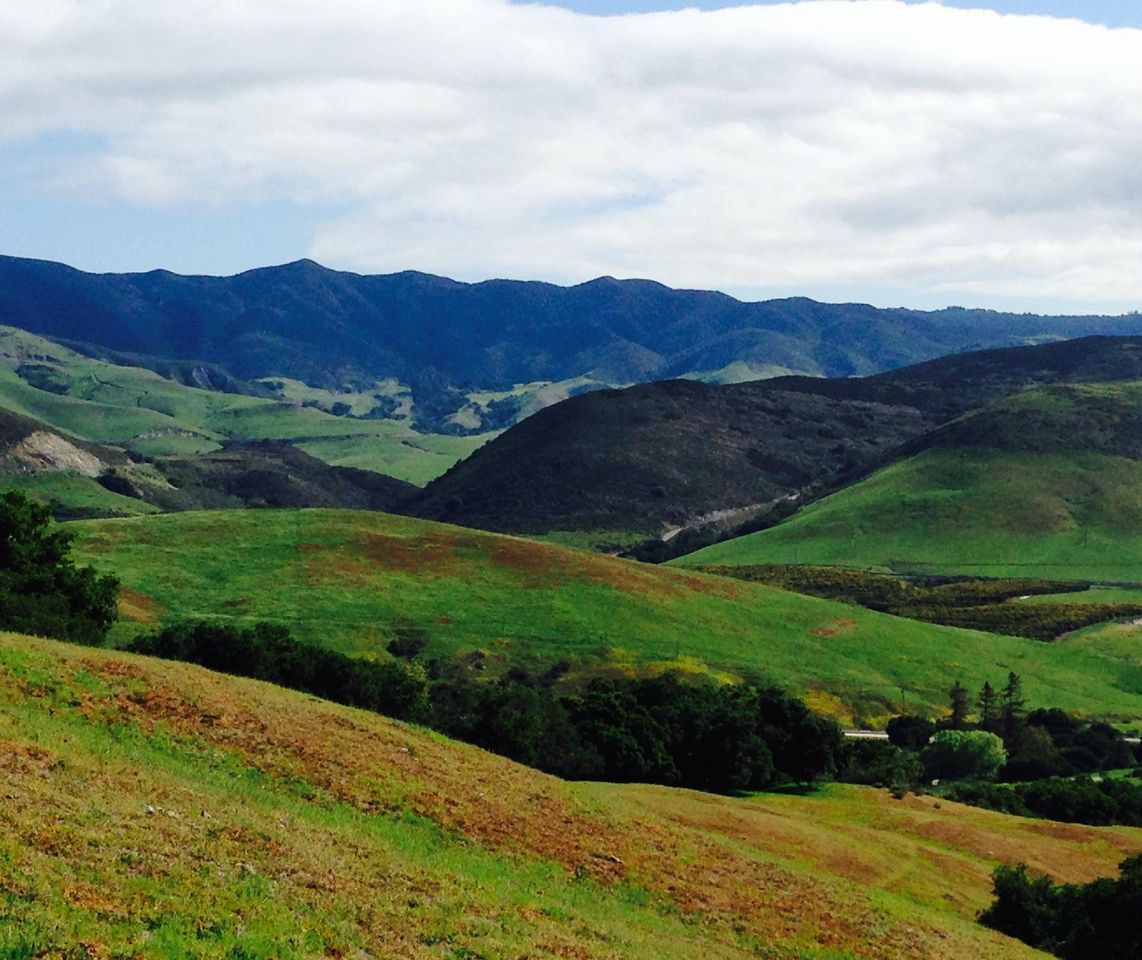Uncovering the Rich History and Beauty of Mission SLO: A Must-See Destination

Nestled in the heart of San Luis Obispo, California lies the Mission San Luis Obispo de Tolosa. This Spanish mission, founded in 1772, carries a rich history that spans over centuries. Once a hub for Spanish colonization in California, today the mission serves as a popular tourist attraction and a prime example of California’s colonial history. However, as we turn our attention to the mission’s past, we must also acknowledge the significant impact of colonialism on Indigenous communities and the complex history of the mission’s founders.
As we explore the Mission San Luis Obispo de Tolosa, we must do so with a critical eye. While the mission’s architecture and art offer undeniable beauty, they also serve as a reminder of Spain’s violent colonization of Native American lands. By visiting the Mission, we are not just celebrating its history, but also grappling with the present-day implications of colonization on sovereignty, identity, and history. The mission’s past is intertwined with Indigenous histories and our responsibility as visitors is to learn and reflect on the mission’s multifaceted history.
In this article, we will examine the rich history of Mission San Luis Obispo de Tolosa while also acknowledging its complex past. We will engage with the historical, cultural, and personal significance of this location, while also critically reflecting on the impact of such sites on Indigenous communities. Join us as we embark on a journey to explore the many layers of this iconic site and the lessons it holds for us all. Click here to access the complete city guide for San Luis Obispo.
History of Mission San Luis Obispo de Tolosa
As we walk through the halls of the Mission San Luis Obispo de Tolosa, it is impossible not to be engulfed in the rich history and culture that surrounds us. This mission, founded in 1772 by Father Junipero Serra, stands as a testament to the perseverance and dedication of the Spanish missionaries who came to California over two centuries ago.
But let us not forget the darker side of this history. The California missions were not simply places of religious conversion and community building. They were also a means of forced labor and cultural domination that exploited the local indigenous populations. As we admire the beautiful architecture and intricate artwork of the mission, we must acknowledge and pay respect to the native peoples who suffered under colonialism and oppression.
Still, despite its complex past, the Mission San Luis Obispo de Tolosa remains a sacred and important site for both spiritual and historical reasons. It serves as a reminder of the triumphs and tragedies of the past, and as a symbol of the multicultural and multilingual community that makes up modern-day San Luis Obispo.
Architecture and Features of the Mission
As we step into Mission San Luis Obispo de Tolosa, we can’t help but be awestruck by the stunning architecture that greets us. From the intricate carvings on the bell tower to the beautifully crafted doorways, every inch of the mission is a testament to the skill of the artisans who built it. The fusion of Spanish Colonial and Native American aesthetics is evident in the intricate designs that adorn the walls and ceilings, making it a unique masterpiece.
The mission’s interior features whitewashed walls and a barrel-vaulted ceiling, a classic example of Spanish Colonial architecture. One can’t help but feel the peace and tranquility enveloping them in this stunning place. The central nave leads to the altar, adorned with religious artifacts, further adding to the spiritual aura of the mission. The preserved furniture and artifacts from the 18th century take visitors back in time, providing a glimpse into the past.
The exterior of the mission boasts an impressive courtyard and gardens. The Franciscan Friars designed the gardens as a self-sufficient retreat center for San Luis Obispo de Tolosa’s community. Throughout the garden, we can see the intricate water irrigation channels and learn the hydrological reasoning behind the layout, making the gardens a perfect example of sustainable living in the 18th century. Mission San Luis Obispo de Tolosa is undoubtedly a must-visit for people who love to admire the beauty of architecture and learn about the rich history of California’s past.
Mission Life and Daily Activities
As we set foot inside Mission San Luis Obispo de Tolosa, we can feel the weight of history on our shoulders. Established in 1772, this mission carries a legacy that has shaped the culture and landscape of California. We can’t help but wonder what the daily life of those who inhabited this place was like. How did they manage to survive and thrive in the midst of an unfamiliar environment?
As we explore the mission, we can envision the different activities that took place here. We can picture the indigenous people and the Spanish friars working side by side in the fields, cultivating the crops that sustained the mission. We can also imagine the spiritual ceremonies that were held in the church, where the native traditions blended with the Catholic faith. It’s fascinating to see how different cultures can come together and create something unique.
As we leave the mission, we can’t help but feel humbled by the experience. It’s a reminder of the resilience and adaptability of the human spirit. Despite the challenges and hardships, the people who lived here found a way to make the most of what they had. As visitors, we can learn from their example and appreciate the rich history and culture that they left behind.
Conclusion
In conclusion, we believe that Mission San Luis Obispo de Tolosa deserves our utmost respect and appreciation for its rich historical and cultural significance. It represents a crucial part of California’s colonial past and serves as a valuable source of insight into the social, economic, and religious dynamics of that time. Despite the challenges and controversies that have surrounded the mission throughout the years, we should strive to preserve and honor its legacy for future generations.
Furthermore, it is essential to acknowledge the impact that the mission has had on the indigenous communities of the region, whose lives were forever altered by the arrival of the Spanish colonizers. We cannot turn a blind eye to the injustices and abuses that occurred during that period, and we must work towards reconciling with the descendants of those who suffered. By recognizing the complexity of our history and actively engaging with it, we can move towards a more inclusive and compassionate society.
Ultimately, Mission San Luis Obispo de Tolosa is more than just a building or a tourist attraction. It is a symbol of our collective identity and a testament to the resilience and diversity of the people who have called this land home. As we continue to reflect on our past and envision our future, let us not forget the stories and lessons that the mission has to offer. May we honor them with humility, empathy, and curiosity.





